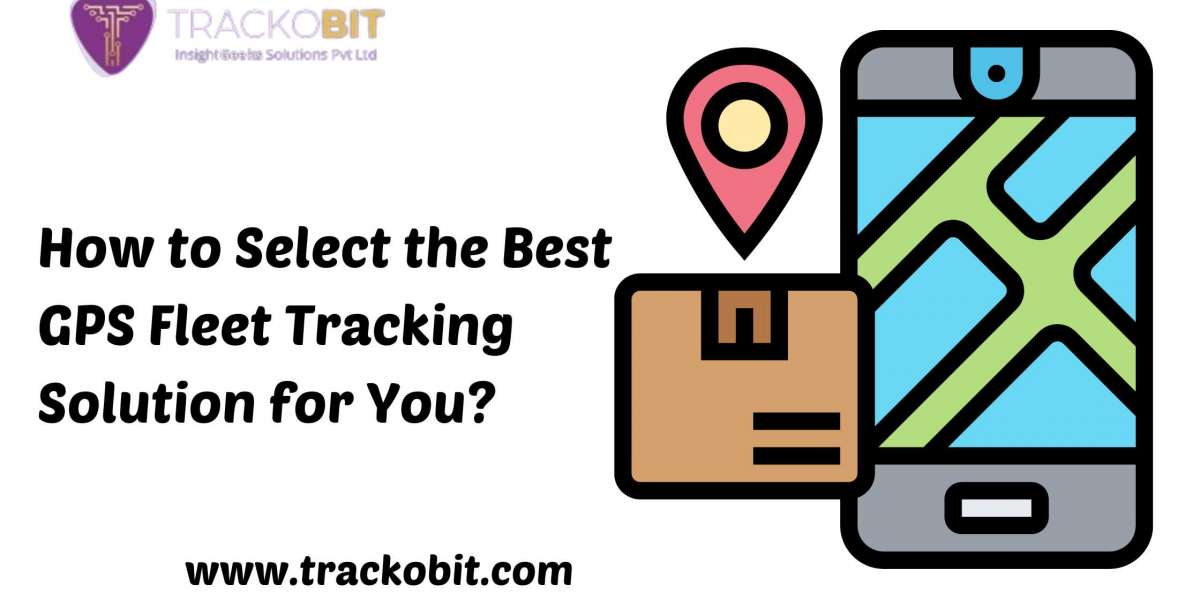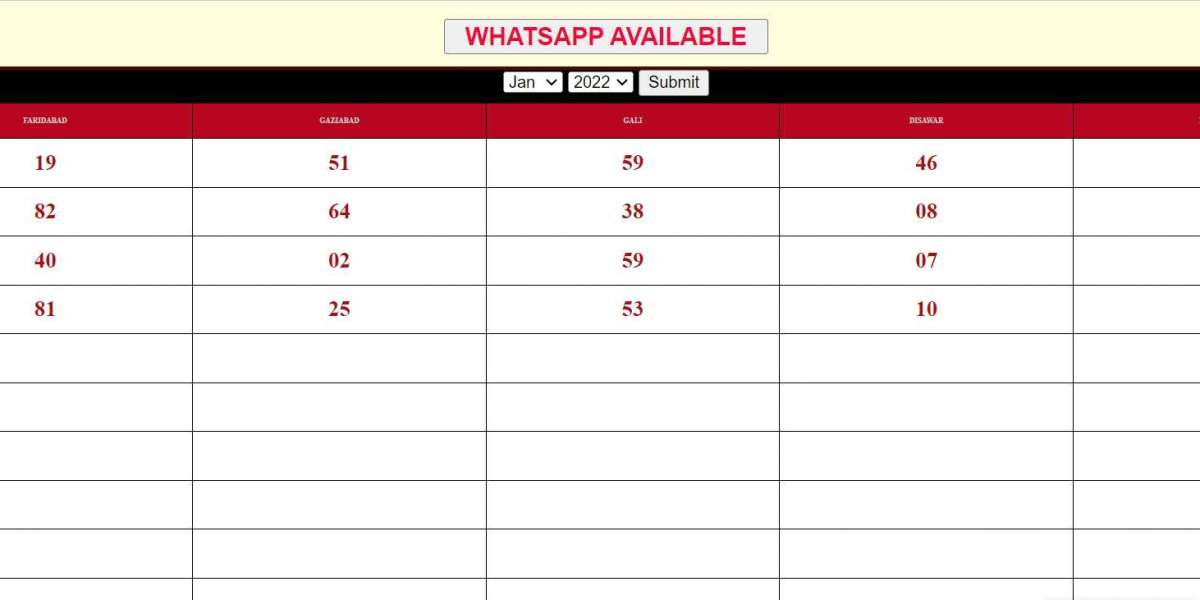The primary concept behind using GPS Fleet Tracking Solutions is for managing a fleet of vehicles revolves around tracking and monitoring. It means keeping an eye on where the vehicles are in real-time, how they're being driven, and ensuring they're following the best routes. This insight allows businesses to make informed decisions, enhance operational efficiency, improve safety, and reduce costs.
What is GPS Fleet Tracking Software?
At their core, GPS Fleet Tracking Solution uses GPS technology to track the real-time location of your fleet vehicles. But they offer so much more than just a fancy map view. With GPS fleet tracking, you gain valuable insights into your operations, allowing you to optimize efficiency, improve safety, and ultimately save money.
With GPS tracking, you can see exactly where each vehicle is at any given moment. This means you can easily dispatch the closest available driver to a new delivery, ensuring faster service and happier customers.
These systems are designed to enable efficient management and monitoring of a fleet of vehicles, which could range from a small group of cars to a large fleet of trucks or specialized vehicles. These systems also monitor things like driver behavior, fuel consumption, and vehicle maintenance needs.
Choosing the Best GPS Fleet Tracking Solution for Your Fleet in 2024
Consider these key factors to find the best GPS fleet tracking software for your fleet:
- What is the size of your fleet?
The size of your fleet and the complexity of your operations are the most important factors to consider before you buy the software. Since some systems are only designed for small fleets, while others are designed for scalability and complex logistical operations. - Features Required by Your Fleet
Different systems come with different features. Common features include GPS tracking, fuel monitoring, vehicle maintenance scheduling, and driver behavior monitoring. You need to consider the most important features that can help your fleet and then make the investment in the software.
- Does it have Integration Capabilities?
Consider whether the system can integrate with your existing software for operations, accounting, or human resources. Integration can streamline operations and reduce administrative work.
- Easy User Interface and Accessibility
The ease of use and the ability to access the system, whether through a web dashboard or a mobile application, are important for timely and effective fleet management.
- What is Your Budget?
Review the costs involved, including initial setup fees, monthly or annual subscription fees, and any hardware installation costs. Compare these against your budget and the potential return on investment (ROI) the system offers.
A Quick Glance at the Core Needs of the Software
- Real-Time Tracking
- Ability to track vehicles or assets in real-time, providing live updates on their status, location, and movement.
- Option to view historical data on vehicle routes, stops, and idle times.
- Start and End of Day Reporting
- Ability to automatically log the start and end times of vehicles or project tasks, helping track productivity and hours worked.
- Alerts and Notifications
- Customizable alerts for specific events (e.g., a vehicle exiting a geofenced area, speeding, or maintenance needed).
- Immediate notifications are sent to relevant personnel or devices when alerts are triggered.
- Reporting and Analytics
- Advanced reporting capabilities that provide insights into operational efficiency, usage patterns, and potential areas for improvement.
- Ability to generate custom reports based on specific data points or time frames.
- Integration Capabilities
- Ability to integrate with existing systems
Support for API integration to facilitate data sharing and analytics across platforms.
- User Access and Permissions
- Multi-user support with customizable access levels and permissions to ensure data security and integrity.
- Easy-to-use interface for users of varying technical skill levels.
- Scalability
- The software should be scalable to accommodate growth in terms of users, vehicles or assets tracked, or project size.
- Flexibility to add or remove features as needs evolve.
- Customer Support and Training
- Access to responsive customer support for troubleshooting and guidance.
- Availability of training resources (e.g., manuals, tutorials, webinars) to ensure effective use of the software.
- Cost Effectiveness
- Transparent pricing that fits within the budget while meeting the required functionalities.
- Consideration of total cost of ownership, including setup, subscription, and any additional feature costs.
- Data Security
- Strong data protection measures, including encryption, are needed to safeguard sensitive information.
- Must comply with all the privacy and data protection laws relevant to the state.
Managing Fleets Using Vehicle Telematics Solutions
While GPS fleet management software is powerful, vehicle telematics solutions take things a step further by combining GPS technology with other sensors and data sources.
Coupled together, fleet management and video telematics make use of several data collection methods to oversee and manage vehicles effectively:
- GPS Tracking: This is the core of most systems, allowing for real-time tracking of each vehicle's location. GPS data can help in optimizing routes, reducing fuel consumption, and providing accurate delivery estimates.
- 2. On-Board Diagnostics (OBD): Modern vehicles come with OBD ports that, when connected to a telematics device, can transmit detailed information about the vehicle's health, performance, and operational metrics like fuel consumption and engine idle times.
- Driver Behavior Monitoring: Systems can track how the vehicles are being driven—speeding, harsh braking, accelerations, etc. This data can be used to coach drivers on safer and more fuel-efficient driving practices.
- Video Surveillance: Some fleet management systems use in-vehicle cameras to provide video data, offering a visual context to incidents or driving behavior data. This can include forward-facing cameras that capture the road ahead or driver-facing cameras that monitor driver attentiveness.
Conclusion!
Getting GPS fleet management software, vehicle telematics, and video telematics in all-in-one software such as TrackoBit helps you gain an overview of your fleet's performance and operations. You'll have real-time location tracking, detailed vehicle diagnostics, and visual evidence of driving events all at your fingertips.
Source : How to Select the Best GPS Fleet Tracking Solution for You?








